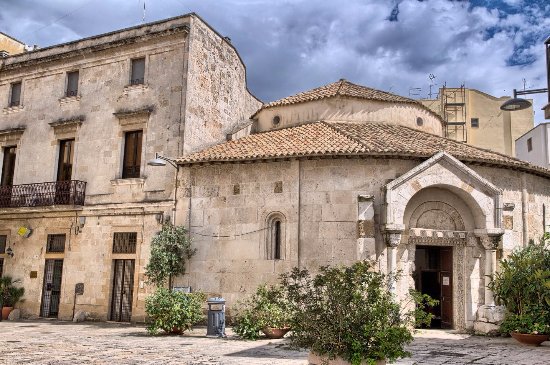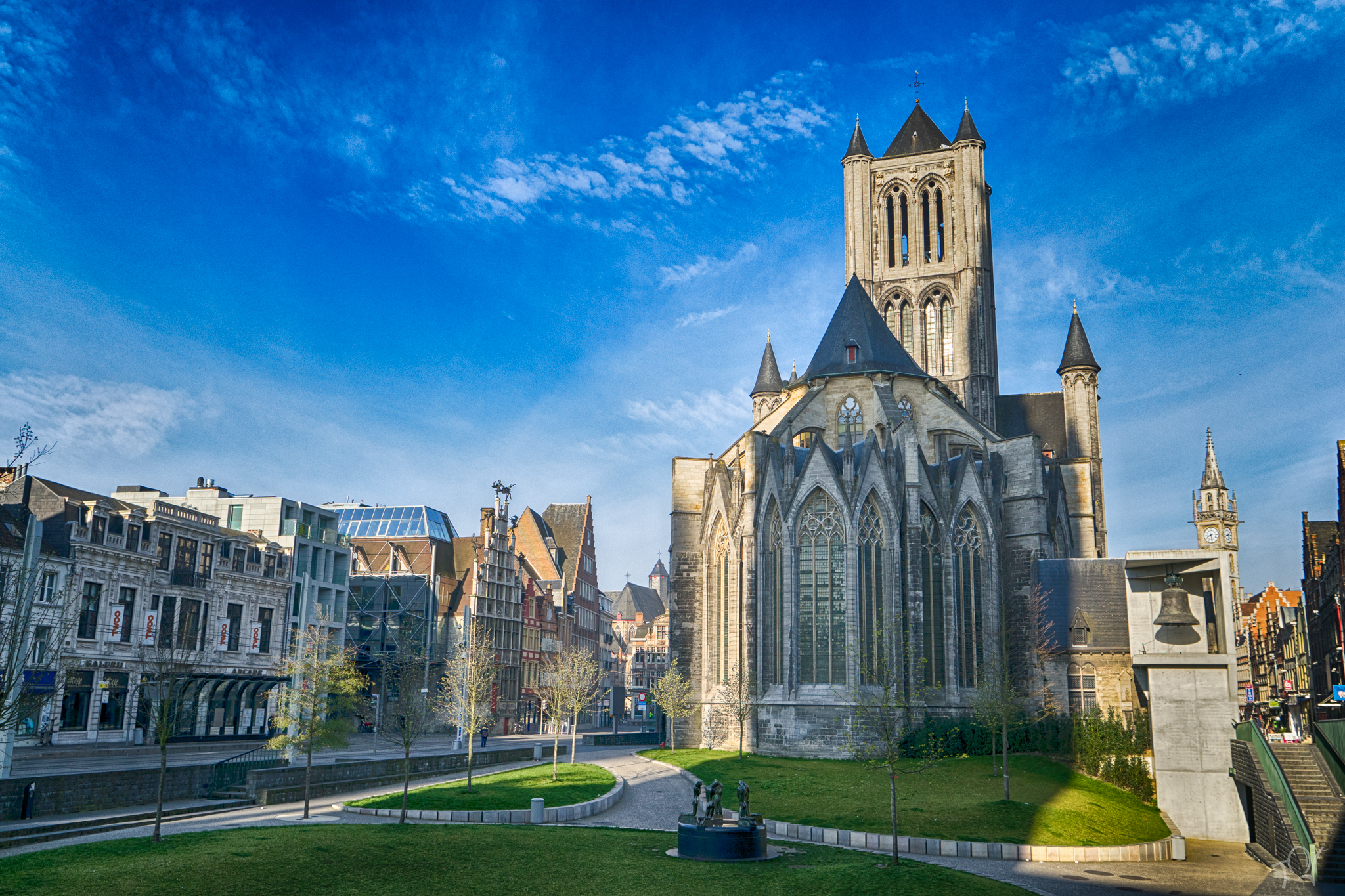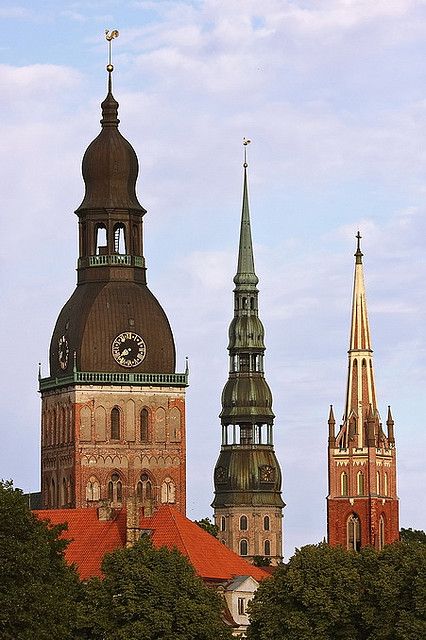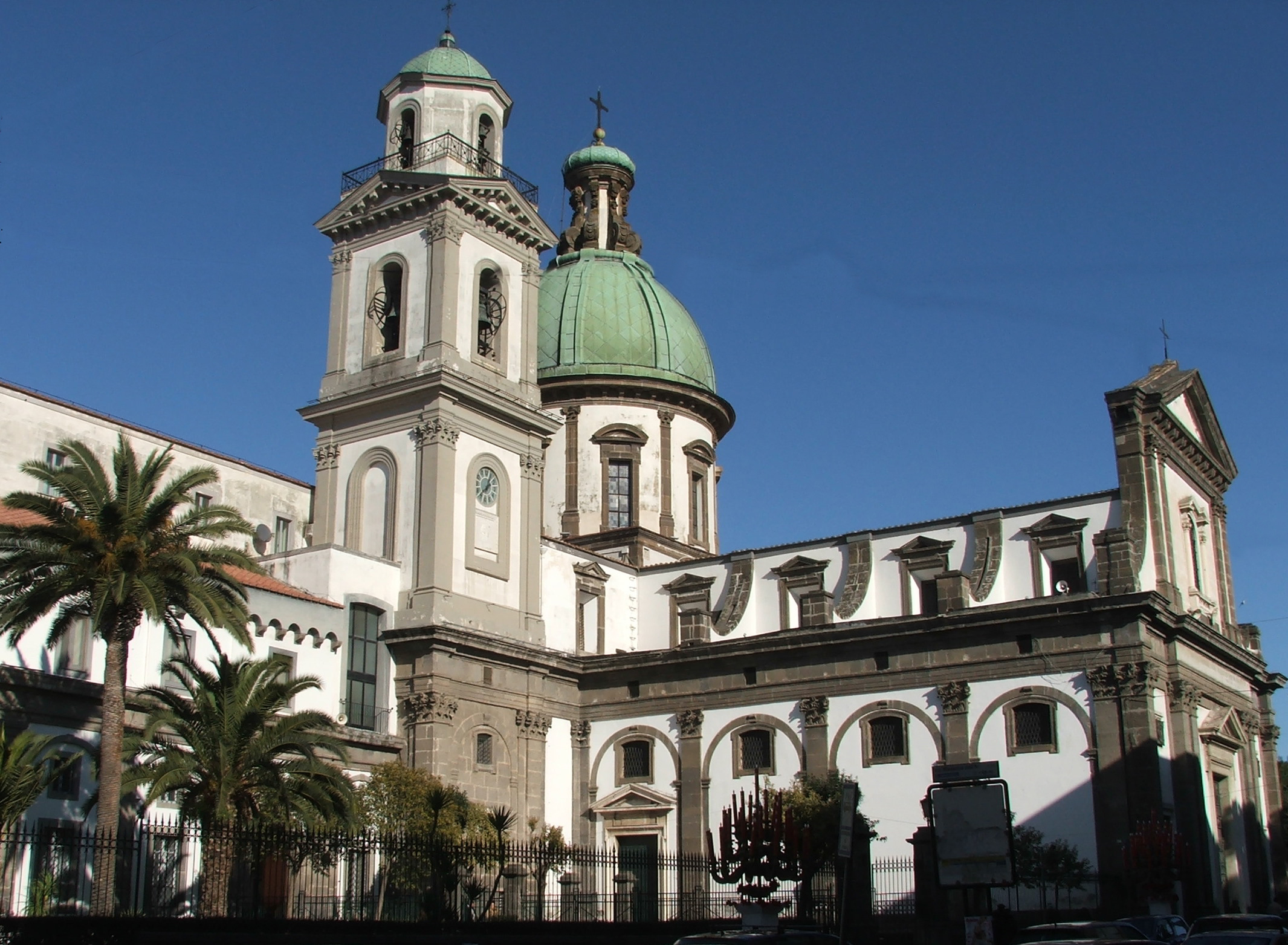In the heart of the historic center is this small temple, commissioned in the eleventh century by Bohemond of Altavilla, which over time was the headquarters of the Templars and then of theKnights of the Holy Sepulcher. It has welcomed artists and artisans, crusaders or pilgrims of the Francigena way, headed towards the Holy Land. Today it is closed to worship but it is open to visitors, and the best way to appreciate this jewel of Norman architecture is to enter accompanied by a guide. Contemplate its beautiful gate enriched by a marble frame, the two columns resting on lions, the reliefs of the ornate jambs with scenes of struggle between real and other mythological animals, and then enter. The interior has a horseshoe-shaped plan, eight columns, richly decorated capitals and on the walls traces of religious frescoes executed between the 1200s and 1300s. The small garden in the back, which has recently been opened to visitors, is also pleasant.













